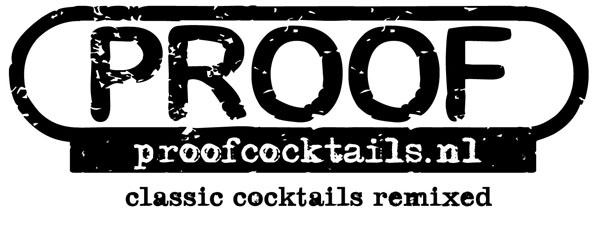

Shakin’ all over.
Why do we shake and when?
We shake for three reasons. To mix the ingredients, to chill the ingredients, to dilute the ingredients and to aerate the ingredients. Yes, that was four – I’m just making sure you’re paying attention. Spirits mix relatively easily so if we are making a drink with only spirits, liqueurs, vermouths and such where we only need the chilling and the dilution we can just stir and preserve the clarity of the drink. Otherwise we get medieval on its ass and shake it into submission. If there is fruit juice, we shake. If there is cream, we shake. Sugar, shake. Shiitake mushrooms, shake. Cough syrup, shake. You get the drift.
You’ll see some fancy shakes in cocktail bars and on YouTube but I’m here to tell you that greater men than I have concluded that fancy shaking styles doesn’t make much – if any – difference to drink quality, temperature or dilution. Who’d a thunk it?
The type of ice you use makes far more difference. For example shaking with crushed ice will achieve very rapid chilling and dilution than using large cubes of ice. This is a factor of the larger surface area of the crushed ice. Ice straight from the freezer will have a dry surface whereas ice from an ice bucket will likely be quite wet and warmer and therefore make a more dilute cocktail given an equal shake. We’ll talk about ice in more detail in another article.
The Shake
So, ice up your shaker – half to two-thirds full – add the ingredients and grip the assembled shaker with one hand over each end. In general, you want to shake in such a way that you can feel the ice hit each end of the shaker in turn, using long strokes along the long axis of the shaker. Shake with the large end of the shaker towards the guest but face yourself about 45° to one side. This is to protect the guest in the unlikely event that the top should come off or you lose your grip on the shaker. Throw the ice to one end of the shaker, snap back and repeat. Try to maintain a steady rhythm, which is easier on your arms as well as being more pleasant to listen to. There comes a point where the contents of the shaker are simply not going to get any colder or any more dilute and that comes at about 10-15 seconds, somewhat depending on the speed and ferocity of your shake. By this point the shaker should have a good frost on the outside and be starting to get uncomfortably cold to hold onto. This would be the maximum shake – perhaps described as “shake well” or “shake hard” in a recipe, suitable for something like a Daiquiri. After that all you are doing is just smashing the ice into smaller chunks. A pointless exercise.
Your shake is your trademark and you should work on a pleasant one that you are comfortable with. Presentation is, after all, a significant part of the cocktail experience. I like to start slow, build up to a fast rate then slow it back down. It makes it look like I’m doing something special – which I’m not – as well as building anticipation in the customer as the shake winds down. But, hey, you work out your own bullshit shake instead of copying mine.

